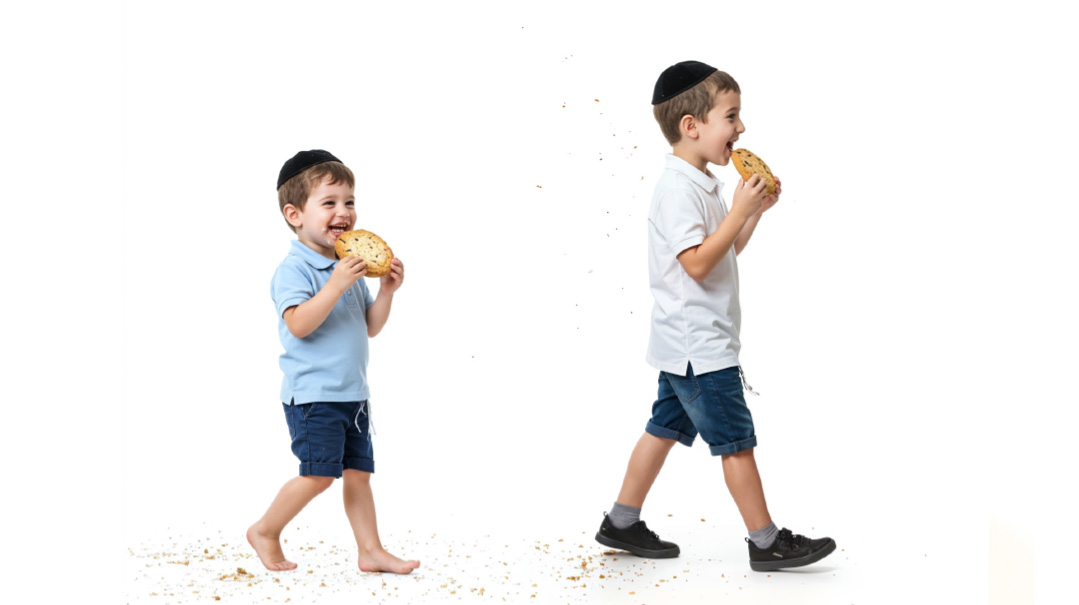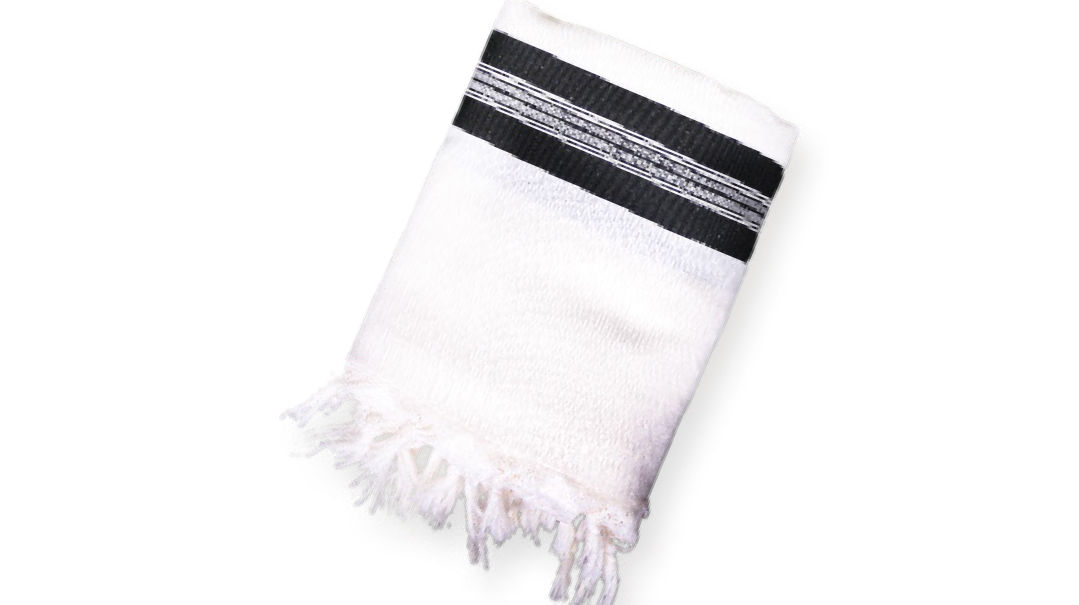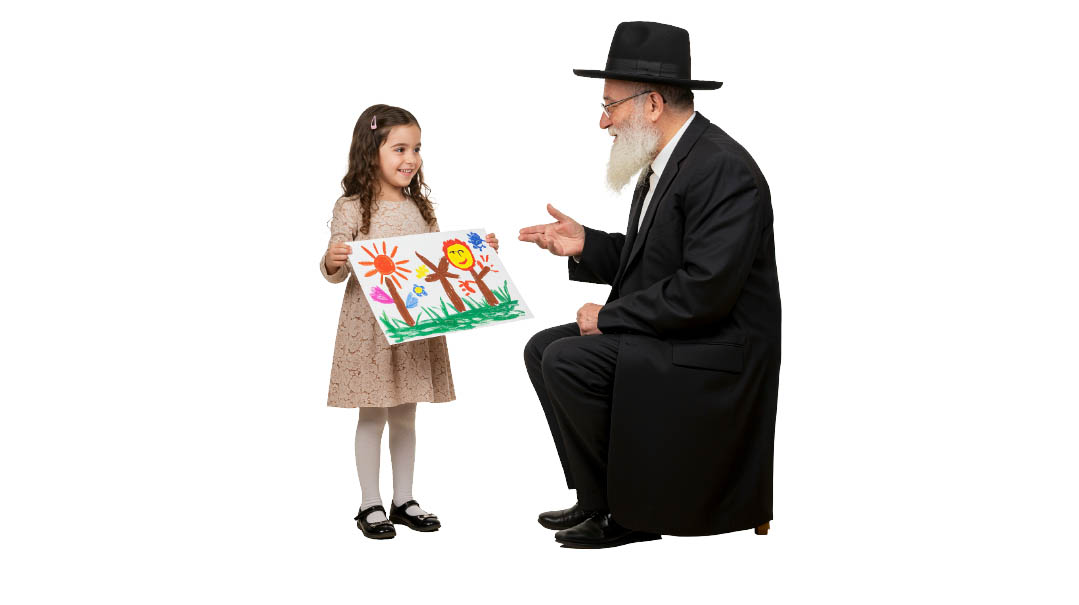My KFP Plan
| April 1, 2025In the fraught season of pre-Pesach cleaning, some words of dubious wisdom

T
his might come as A surprise to you, dear reader, but I don’t love cleaning my house for Pesach.
I know, how is that possible?
Aren’t we supposed to be able to find the same joy that the Leviim felt when cleaning the Beis Hamikdash, since our home is a mikdash me’at?
Well, yes.
But also, no.
I may be alone in this, but I might more easily envision my home as the Beis Hamikdash if my kids walked around singing in a beautiful, divine chorus like the Leviim of old, instead of actively looking for ways to destroy this little mikdash of ours.
Rest assured, my house is clean, despite my children’s best efforts to the contrary. While I don’t love sweeping, I also don’t love my feet crunching when I walk across my kitchen floor. And while I don’t find mopping relaxing, I find sticky floors decidedly unrelaxing.
Pesach cleaning is an entirely different level of clean, though. And as I focus on emptying my home of all things chometz while simultaneously attempting spring cleaning, my children follow in my wake, undoing every single thing that I’ve checked off my “To Clean” list.
Oops! We could not locate your form.







